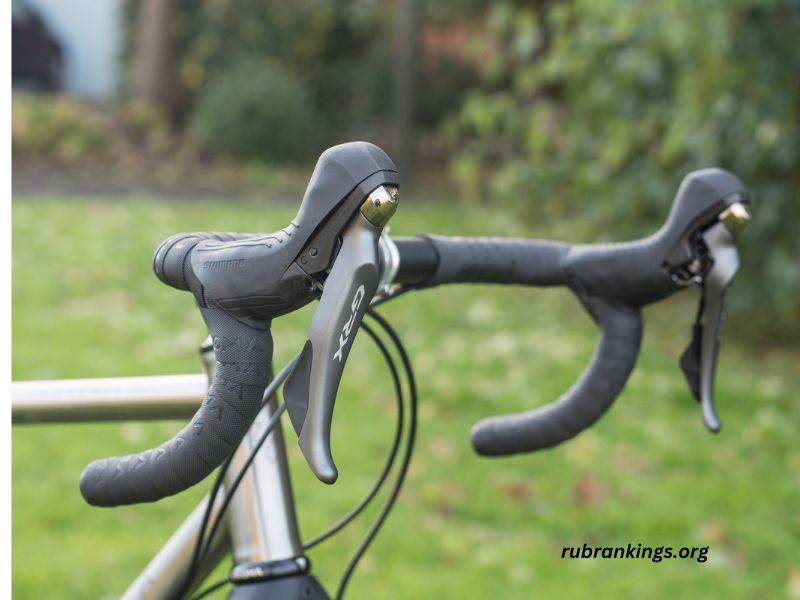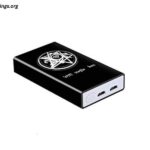When it comes to cycling, particularly with older or classic bike setups, one of the common questions riders ask is, “Can I use a bigger cassette with my friction shifter?” While the allure of upgrading to a larger gear range for more versatility on the road or trail is tempting, this question requires a closer look at the compatibility between friction shifters and cassettes, as well as the factors that influence whether such an upgrade is feasible.
What is a Friction Shifter?
Before diving into whether a bigger cassette is compatible with your friction shifter, it’s essential to understand what a friction shifter is and how it works.
A friction shifter, also known as a non-indexed shifter, is a type of gear lever that requires the rider to manually move the chain between gears without any mechanical indexing to keep it in place. The shifter operates by offering resistance that lets you control the derailleur’s movement across the cassette. The rider must adjust the lever until the chain aligns with the desired gear.
Friction shifters were once the standard on most bikes but have since been replaced by indexed shifters, which automatically “click” into place on each gear, making gear transitions smoother and more reliable.
The Role of the Cassette in Gear Setup
The cassette is the cluster of gears on the rear wheel hub that works with the derailleur to provide the necessary range of gears. Cassettes come in various sizes, typically defined by the number of teeth on the largest cog. The size of the cassette determines the gear range, affecting the ease with which a cyclist can pedal on different terrains. Larger cassettes, with more teeth, are typically used for climbing steep hills or providing more torque for difficult terrain.
For example, a standard cassette might have a range from 11 to 28 teeth (11-28T), while a larger cassette might range from 11 to 32T or 11 to 36T. The difference in cog size impacts the range of gears available, making larger cassettes more desirable for riders looking for low gears to tackle steep hills or for those who require a wider range of gearing.
Can You Use a Bigger Cassette with a Friction Shifter?
The answer to this question depends on a variety of factors. Let’s explore them in detail:
1. Friction Shifters and Gear Ratios
Friction shifters are quite flexible compared to indexed shifters, as they are not reliant on precise gear spacing. This means that in theory, you can use a larger cassette with your friction shifter because it doesn’t require the same level of precision as indexed systems. However, the compatibility depends on several factors:
- Derailleur Capacity: Every derailleur has a capacity that defines the largest cassette it can accommodate. This is determined by both the largest cog size (in teeth) and the difference between the largest and smallest chainrings. If you’re looking to upgrade to a bigger cassette, ensure that your derailleur can handle the size. If it cannot, you might experience poor shifting performance or even a chain derailment.
- Chainline Issues: When you switch to a bigger cassette, particularly with very large cogs, you may experience chainline issues. The chainline refers to the alignment between your chainrings and cassette cogs. A misaligned chainline can result in inefficient pedaling, excessive wear on components, and poor shifting performance. A larger cassette could force the chain to angle too sharply, which may lead to skipping or improper shifting.
- Freehub Compatibility: Cassettes are designed to fit specific types of freehub bodies, such as Shimano or Campagnolo. If you upgrade to a larger cassette, ensure that the freehub body on your wheel is compatible with the new cassette’s size and the number of gears it supports.
2. Derailleur Capacity and Compatibility
When considering using a larger cassette with a friction shifter, the most important technical specification to check is the derailleur’s capacity. This refers to the derailleur’s ability to handle the total difference between the smallest and largest cogs. The capacity is calculated using the following formula:
- Derailleur Capacity = (Largest Chainring – Smallest Chainring) + (Largest Cog – Smallest Cog)
For example, if your chainring sizes are 50T (largest) and 34T (smallest), and your cassette has 11T and 32T cogs, the derailleur capacity would be:
- Capacity = (50 – 34) + (32 – 11) = 16 + 21 = 37
If the capacity of your derailleur is too small for the bigger cassette, it will struggle to shift properly, leading to poor performance or the inability to shift into some of the larger gears. This issue is especially important if you’re trying to add a significantly larger cassette (e.g., upgrading from an 11-28T to a 11-36T cassette).
How to Determine if Your Setup Can Handle a Bigger Cassette
If you want to use a bigger cassette with your friction shifter, follow these steps:
1. Check the Derailleur Capacity
Ensure that your rear derailleur has the capacity to handle the larger cassette. Refer to your derailleur’s manufacturer guidelines to find out the largest cog size it can accommodate. If you’re unsure, look for a derailleur that supports a wider gear range.
2. Measure Your Chainline
You may need to adjust your bottom bracket or crankset if the chainline is too skewed with a larger cassette. Chainline issues can negatively impact shifting, so this step is crucial when upgrading to a bigger cassette.
3. Test for Proper Shifting
Once you’ve installed the bigger cassette, it’s essential to check how the bike shifts through the gears. Adjust the friction shifter and test shifting through all the gears to ensure smooth transitions. If the chain skips or jumps, the larger cassette may not be compatible, or adjustments may be required.
Potential Issues with Using a Bigger Cassette
While friction shifters are more flexible than indexed systems, there are some challenges you may encounter when upgrading to a larger cassette:
1. Shifting Performance
One of the drawbacks of using friction shifters with a larger cassette is the potential degradation of shifting performance. Friction shifters rely on the rider’s feel for shifting, which can be difficult when dealing with a larger gear range. A bigger cassette requires more precise movement across the gears, and without indexing, the rider may find it harder to get into the right gear every time.
2. Chain Wear and Tear
As mentioned earlier, using a larger cassette may create a more extreme chainline, which can increase wear on the chain and cassette. The more the chain is angled, the more strain it puts on the components, which could lead to premature wear and tear.
3. Clearing Larger Cogs
Some older or more basic frames may not be able to accommodate larger cogs. You’ll need to ensure that the rear triangle of your bike frame offers enough space for the new cassette’s size.
Alternatives to Consider
If upgrading to a bigger cassette with your friction shifter is not feasible, there are a few alternatives you could consider:
- Change the Chainring Size: Instead of increasing the size of the cassette, you could opt for a smaller chainring at the front to provide more gearing options. This could help you maintain your desired gearing without the complications of a bigger cassette.
- Upgrade to Indexed Shifters: If you’re finding that a bigger cassette is necessary for your riding style, it may be worth considering upgrading to indexed shifters. Indexed systems provide more precise gear changes and are better suited to larger cassettes.
- Consider a Wide-Range Rear Derailleur: Some derailleur designs are made specifically to accommodate larger cassettes, including 11-42T or even 11-46T options. These wide-range derailleurs are great for off-road or mountainous terrain, and pairing one with a friction shifter may offer a smoother upgrade.
Conclusion
To answer the question directly: Yes, you can use a bigger cassette with your friction shifter, but there are important considerations that need to be addressed, including derailleur capacity, chainline, freehub compatibility, and shifting performance. While friction shifters offer flexibility, upgrading to a larger cassette requires attention to detail and may result in some trade-offs in shifting performance and component longevity.
Before making the change, it’s essential to thoroughly assess your bike’s compatibility and consider alternatives if the larger cassette isn’t a perfect fit for your setup. If you’re uncertain, consulting with a professional bike mechanic will ensure the best performance from your new gearing system.



